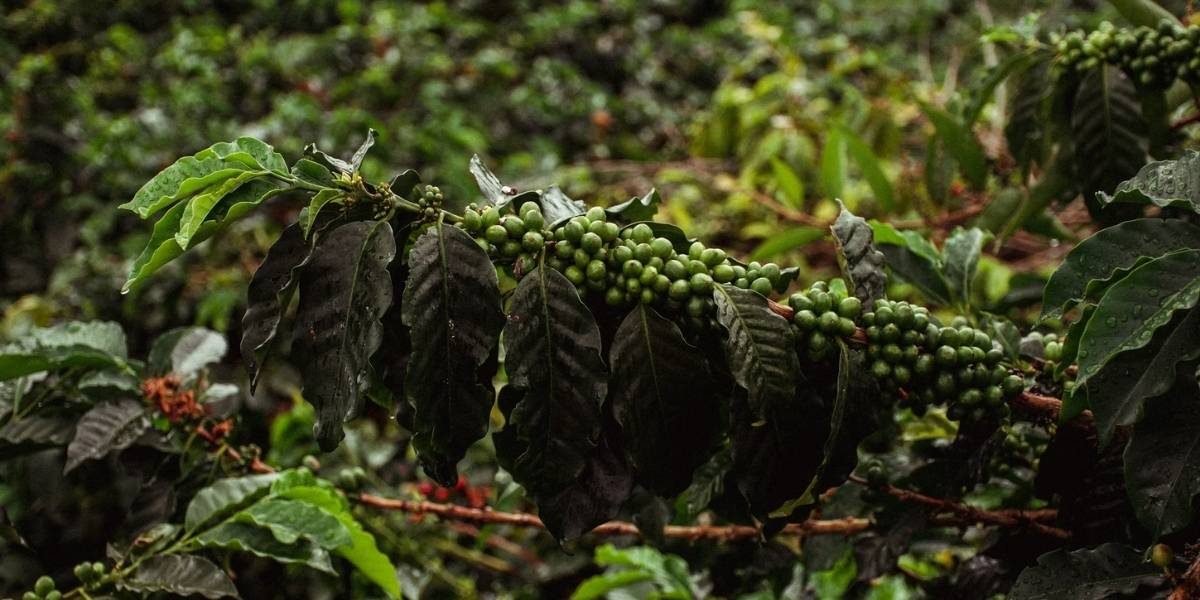The Science of Coffee Agriculture
The journey of coffee, from a tiny seed to the aromatic beverage in a cup, is a marvel of both nature and human cultivation. Understanding coffee agriculture requires a deep dive into the botanical intricacies of the coffee plant, specifically the two main species: Coffea arabica and Coffea robusta. Arabica, known for its delicate flavors and aromatic complexity, thrives in high altitudes with distinct wet and dry seasons. Robusta, hardier and more resistant to disease, can grow in hotter climates and lower elevations, contributing to the strong, bold notes in many blends.
Read Also: Exploring Seattle’s Best Cafes and Coffee Roasters
The growth cycle of a coffee plant is a testament to careful scientific management. It begins in nurseries, where seeds are carefully germinated and nurtured into seedlings. After several months, these young plants are transferred to the plantation, where they will take root for what could be decades of production. Environmental factors, including soil type, rainfall, temperature, and sunlight exposure, are meticulously monitored, as they profoundly influence the plant’s health and the eventual quality of the beans. Optimal conditions ensure a robust yield and desirable flavor profiles, making the scientific approach to coffee agriculture paramount.
Once mature, typically after three to five years, coffee plants produce small, fragrant white flowers that eventually give way to berries, often called “cherries.” These cherries turn red when ripe, signaling readiness for harvest. Inside each cherry, usually, two coffee “beans” (which are actually seeds) reside. The timing of harvest is critical; picking unripe or overripe cherries can negatively impact the flavor. This precision in cultivation highlights the blend of agricultural science and traditional knowledge required to produce high-quality coffee.
How Does Sustainable Coffee Agriculture Support Ecology?
The pursuit of sustainable coffee agriculture is crucial for preserving the delicate ecosystems where coffee thrives and ensuring the long-term viability of the industry. Traditional coffee growing often involved clearing forests for sun-exposed plantations, leading to deforestation, soil erosion, and biodiversity loss. Sustainable practices actively counter these environmental impacts by advocating for shade-grown coffee, where coffee plants are cultivated under the canopy of native trees.
Shade-grown systems mimic the natural forest environment, providing numerous ecological benefits. The trees offer a natural habitat for migratory birds and other wildlife, promoting biodiversity within the farm itself. The leaf litter from the canopy enriches the soil, reducing the need for synthetic fertilizers and improving water retention. This natural mulching also helps suppress weeds, minimizing reliance on herbicides. Such methods illustrate how mindful coffee agriculture can contribute positively to local ecology.
Beyond shade, sustainable coffee agriculture embraces a holistic approach to resource management. This includes careful water management, particularly in processing, to reduce pollution of local waterways. Integrated pest management strategies minimize the use of harmful pesticides, protecting both the environment and the health of farm workers. These practices are not merely about environmental protection; they are about creating resilient farming systems that are less vulnerable to climate shocks and disease, ensuring a healthier planet and a more stable coffee supply.
What are the Economic Pillars of Coffee Agriculture?
The economic viability of coffee agriculture is a complex tapestry woven with threads of global markets, farmer livelihoods, and fair trade practices. For millions of smallholder farmers in developing countries, coffee represents their primary source of income. The fluctuating global coffee prices, often dictated by supply and demand dynamics, weather events, and speculative trading, can profoundly impact their economic stability. This volatility often puts immense pressure on vulnerable communities.
Fair trade certifications and similar initiatives have emerged to address these economic disparities. These programs aim to ensure that farmers receive a stable and equitable price for their coffee, often above market rates, providing them with a more predictable income stream. They also often include provisions for community development, environmental protection, and safe working conditions. Such frameworks seek to create a more just and sustainable economic model within coffee agriculture, empowering producers.
Investing in farmer education and access to resources is another critical economic pillar. Providing training on improved cultivation techniques, disease management, and business skills can increase yields and enhance bean quality, ultimately leading to higher earnings for farmers. Empowering cooperatives and direct trade relationships can also cut out intermediaries, allowing a larger share of the profits to remain with the growers. These economic strategies are essential for building resilient communities and ensuring the long-term health of the entire coffee supply chain.
How Does Processing Impact Coffee Quality?
The transformation of coffee cherries into raw beans, a crucial stage in coffee agriculture, profoundly impacts the final flavor and quality of the brewed beverage. There are two primary processing methods: washed (or wet) processing and natural (or dry) processing, each yielding distinct characteristics. Washed processing involves removing the cherry pulp before drying the beans, resulting in a cleaner, brighter cup with prominent acidity and nuanced flavors.
In washed processing, freshly picked cherries are pulped to remove the outer skin, leaving the bean covered in a sticky mucilage layer. This mucilage is then removed, either through fermentation in water or mechanical scrubbing, before the beans are thoroughly washed and dried. The controlled fermentation process is critical, as it breaks down the mucilage sugars and can contribute to specific flavor development. This method requires significant water resources and careful management to ensure consistency and prevent off-flavors.
Natural processing, by contrast, involves drying the entire coffee cherry with the bean still inside. The cherries are spread out on raised beds or patios and carefully turned to ensure even drying. As the cherry dries, the sugars from the fruit ferment and infuse the bean, imparting distinct fruity, sweet, and often heavier-bodied characteristics to the final cup. This method is more common in water-scarce regions but requires meticulous attention to prevent mold and ensure uniform drying, showcasing the diverse techniques within coffee agriculture.
What Is the Future of Sustainable Coffee Agriculture?
The future of sustainable coffee agriculture hinges on innovation, adaptation, and a renewed commitment to ecological and social responsibility. Climate change poses a significant threat, with rising temperatures and altered rainfall patterns affecting optimal growing regions for Arabica coffee. Research into developing climate-resilient coffee varieties, capable of thriving in changing conditions, is paramount to securing the industry’s future. This includes exploring new varietals and utilizing advanced agronomic techniques.
Beyond climate adaptation, the industry is increasingly focused on regenerative agriculture practices. These methods prioritize soil health, water conservation, and biodiversity by minimizing disturbance, maximizing ground cover, and integrating livestock. Such approaches aim to restore ecological balance to coffee farms, making them more resilient and productive in the long run. The transition to such holistic systems is a vital step in ensuring the long-term viability of coffee agriculture for both producers and consumers.
Read Also: Seattle: The Heartbeat of Coffee Culture
Consumer awareness and demand for ethically sourced and sustainably produced coffee are also driving forces for change. As consumers become more informed about the environmental and social impacts of their choices, pressure mounts on coffee companies to adopt transparent and responsible sourcing practices. This collective commitment, from scientific research and innovative farming to conscious consumption, will define the future of coffee agriculture, ensuring that the beloved beverage can be enjoyed for generations to come while supporting healthy ecosystems and thriving communities.






